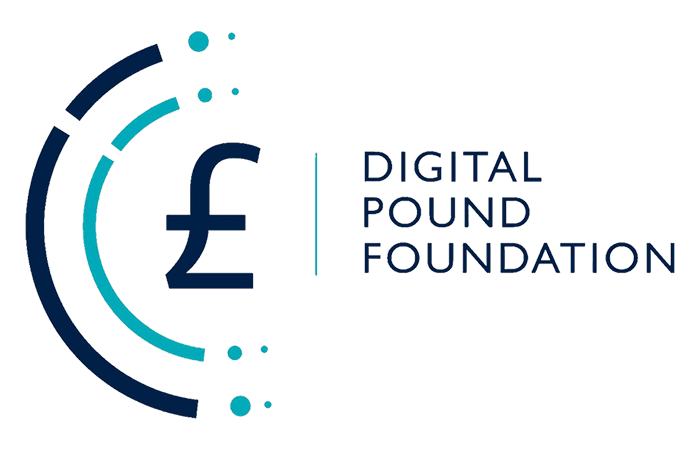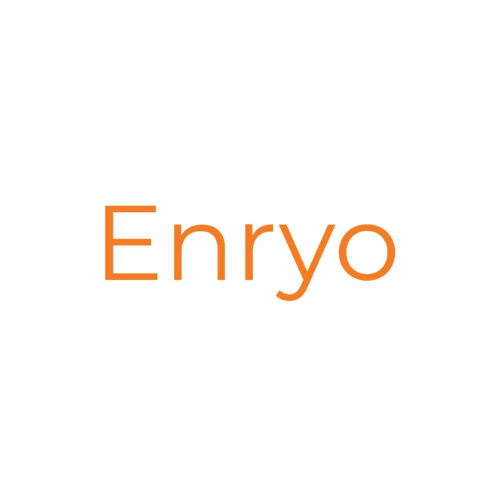The modern monetary system rests upon a fundamental concept known as the “uniqueness of currency.” This principle ensures that monetary transactions are not subject to fluctuating exchange rates between various forms of money, whether they are privately issued (e.g., deposits) or publicly issued (e.g., cash). The uniqueness of currency establishes an unequivocal unit of account that underlies all economic transactions within society.
The elimination of exchange rate variability between different forms of money allows money to fulfil its role as a coordinating mechanism for economic activities. In this context, any notion of “approximate uniqueness” is contradictory. Even slight deviations from the norm introduce trade and exchange frictions that can magnify as they propagate through economic transactions. Ultimately, these amplified frictions can hinder the smooth operation of monetary exchange. The concept of the uniqueness of currency provides valuable guidance in ongoing discussions surrounding the tokenization of privately issued currencies. Tokenization involves the process of representing claims digitally, enabling them to be transacted on programmable platforms through smart contracts.
The BIS Innovation Hub has actively explored the possibilities of tokenizing central bank currencies through projects such as Helvetia, Jura, Dunbar, mBridge, and Mariana. Their inquiry revolves around this question: What is the most effective way to complement central bank digital currencies (CBDCs) with privately tokenized currencies?
Their latest bulletin assesses two models of privately tokenized currency. In both scenarios, private currency tokens represent liabilities of the issuer, and the holder possesses a claim on the issuer for redemption at the nominal value in the sovereign unit of account. However, the process of transfer differs between the two models.
In one model, akin to existing asset-backed stablecoins, privately tokenized currency circulates as a digital bearer instrument. This model may raise compatibility concerns with the concept of uniqueness. The second model, referred to as “tokenized deposits,” does not entail a direct transfer of claims. In the tokenized deposits model, participants are considered customers of regulated financial institutions (e.g., banks), and transfers are recorded at the individual bank level, settling automatically using tokenized central bank currency (i.e., CBDC). In this model of non-transferable liabilities, individuals or firms can be confident that when they accept payment from a customer of any bank, the payment will be credited to their own account at face value. Settlement in central bank currency is the crucial element that promotes the idea of uniqueness.





























































